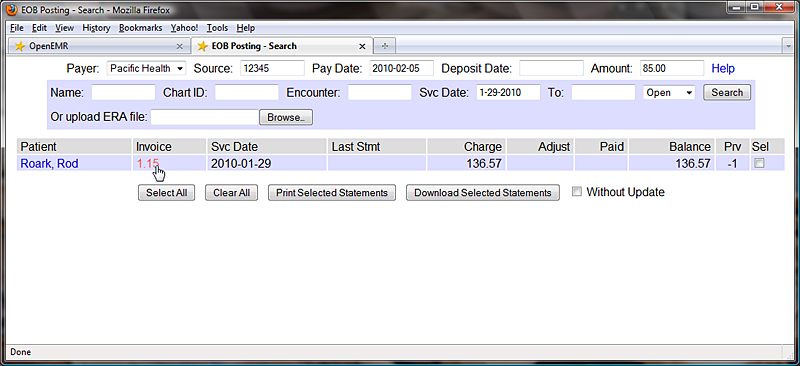

Let’s say your company expects to collect: Once you have an estimated collection rate for each aging bucket, multiply that by the current receivables balance you have for each group.For each of your receivables aging buckets (1 to 30 days past-due, 31 to 60 days past-due, 61 to 90 days past-due, and over 90 days past-due), estimate what percentage of those receivables you typically collect.Start by deducting any receivables you know are likely to be uncollectible (we’re talking well over 90 days past-due).But how do you go about forecasting which of your receivables you confidently expect to collect? You can base your estimated cash sales on trends from previous years. Expected Cash Collections = Cash Sales + Projected Collections from Accounts Receivable.To calculate your total expected cash collections, you’ll add the revenue you anticipate will come from cash sales to the revenue you anticipate will come from accounts receivable: How do you calculate expected cash collections?

There are two revenue sources that feed into this: your cash sales (where customers pay you right away) and your collections on accounts receivable (where customers pay you on credit). KPI 2: Expected cash collections What is expected cash collections?Įxpected cash collections refers to the amount of cash a company can reasonably expect to have at a given time. The accounts receivable turnover ratio gives them a quick insight into whether they’re extending credit to the right people, and whether their collections team is doing a good job at pursuing overdue receivables. Why is AR turnover ratio important to track?Ĭompanies need to be wise about who they’re extending credit to. You can use this to approximate how long it takes your customers to pay you on average, which in this case would be about 49 days (365 days ÷ 7.5 = 48.6). That means within this period (a year), you collected your average receivables 7.5 times. Let’s imagine your company’s annual credit sales are $90 million and your average accounts receivable for the year were $12 million.Īfter plugging these values into our AR turnover formula, this would give us an output of 7.5 (90 ÷ 12 = 7.5). Average Accounts Receivable = (Starting Receivables + Ending Receivables) ÷ 2.

Net Credit Sales = Sales on Credit – Returns and Sales Allowances.To calculate your receivables turnover ratio, you’ll of course need to know what your net credit sales (the total number of sales you made to customers on credit terms, accounting for any returns or deductions) and average accounts receivable are for that given period. Accounts Receivable Turnover Ratio = Net Credit Sales ÷ Average Accounts Receivable.The formula for AR turnover ratio looks like this: It tells you the number of times during a given period (for instance, a month, quarter, or year) the company collected the average value of its receivables.Ī higher number is preferable for AR turnover, as it indicates that your company is collecting on outstanding invoices quickly (the company collected on its average receivables more times in a given period).

KPI 1: AR turnover ratio What is AR turnover ratio?Īccounts receivable turnover ratio is a measure of how good your company is at collecting from its customers. In this blog, we’ll cover the 11 most important accounts receivable KPIs to track. Having this data readily available will help you identify the strengths and weaknesses within your AR processes so you can make informed decisions that drive your business forward. That’s why it’s beneficial to actively track several AR KPIs.
#Accounting ratio outstanding invoices full
No single key performance indicator (KPI) or metric will tell you the full story of how your collections efforts are performing. To do this, you need access to the right data and analytics-and more importantly, you need to know what to do with it. To maximize accounts receivable performance, it’s essential that your AR team has a clear view into how the business is tracking on its collections and where there’s room for improvement. If cash is the fuel of your business, then your accounts receivable (AR) team are the ones stoking the flames.


 0 kommentar(er)
0 kommentar(er)
